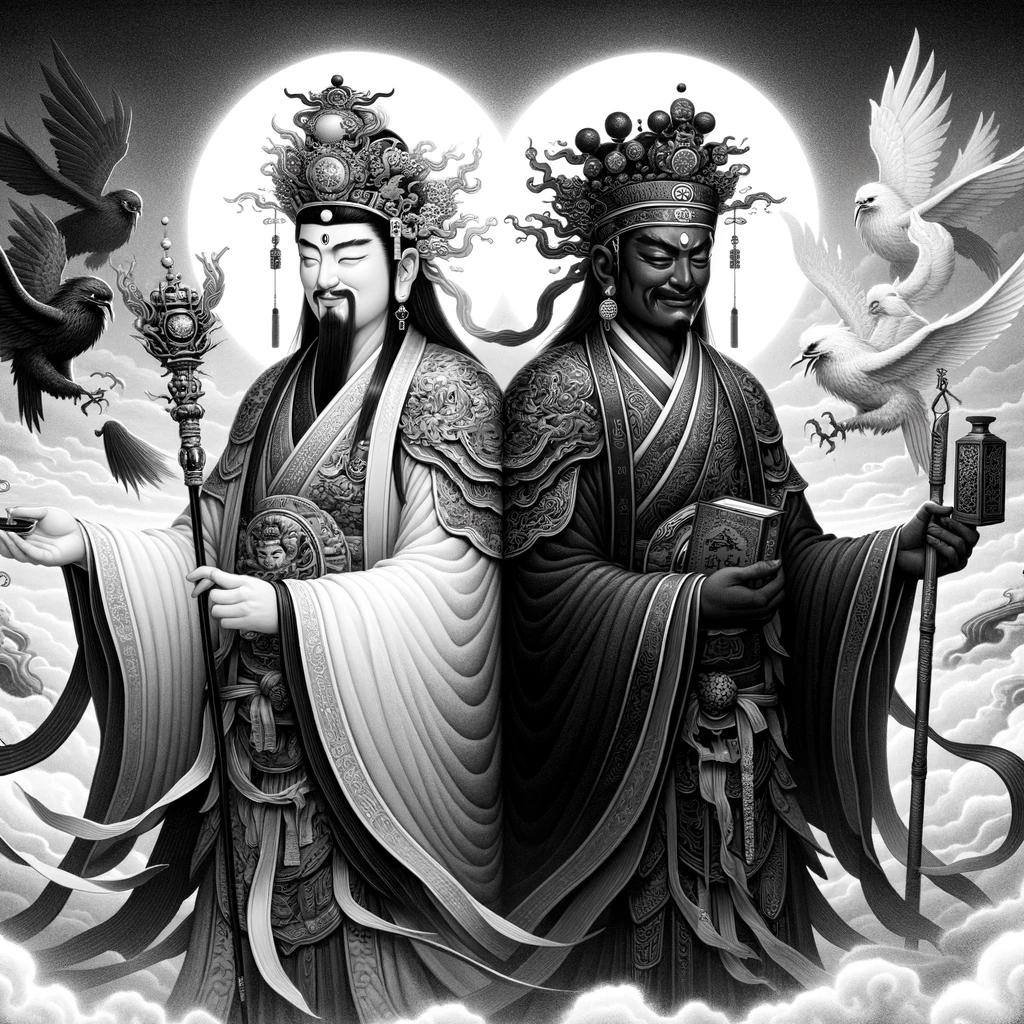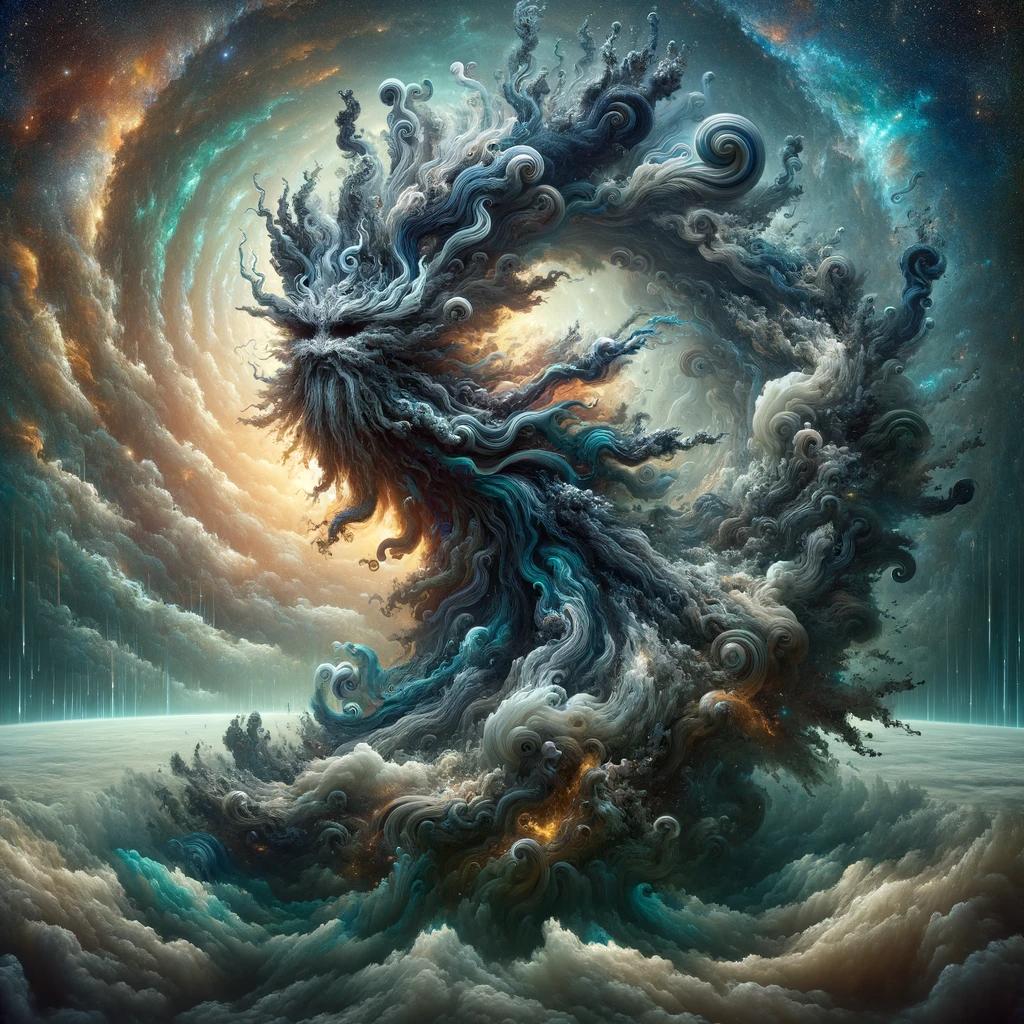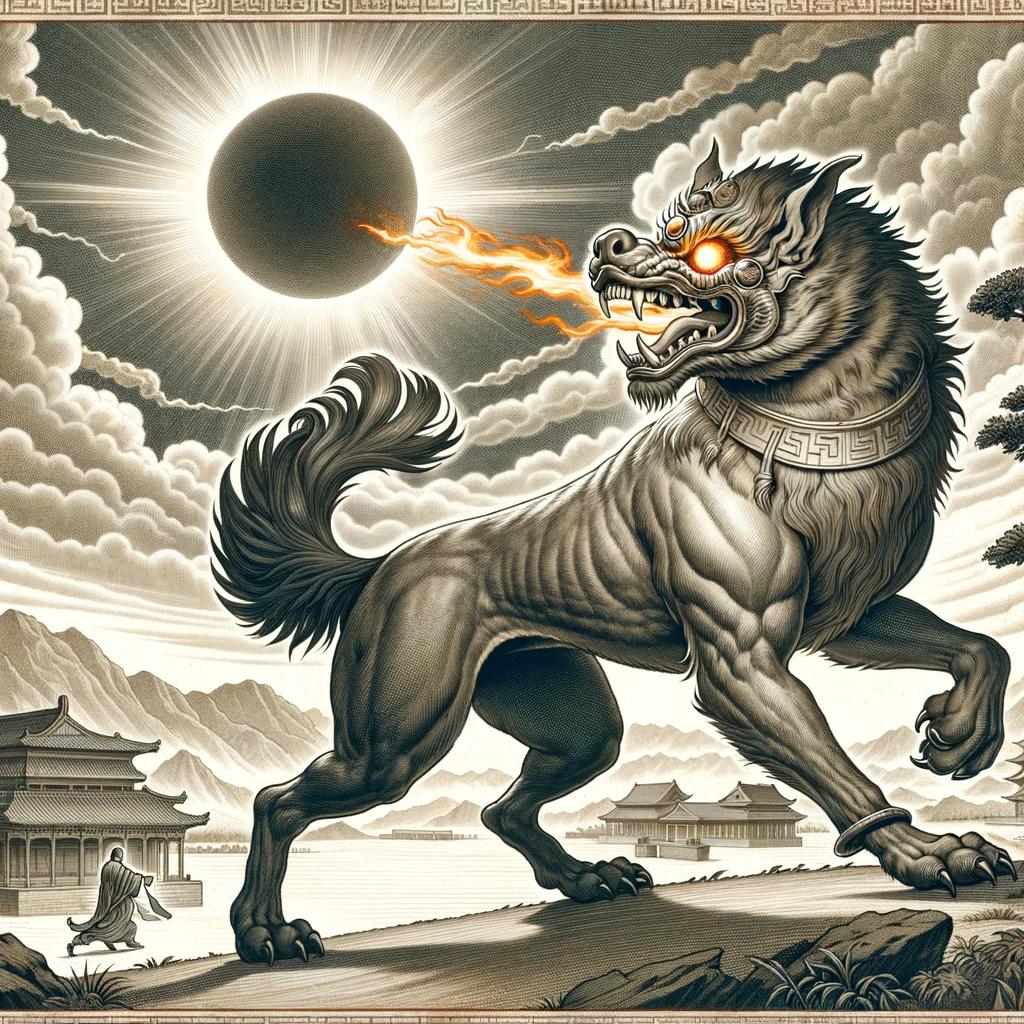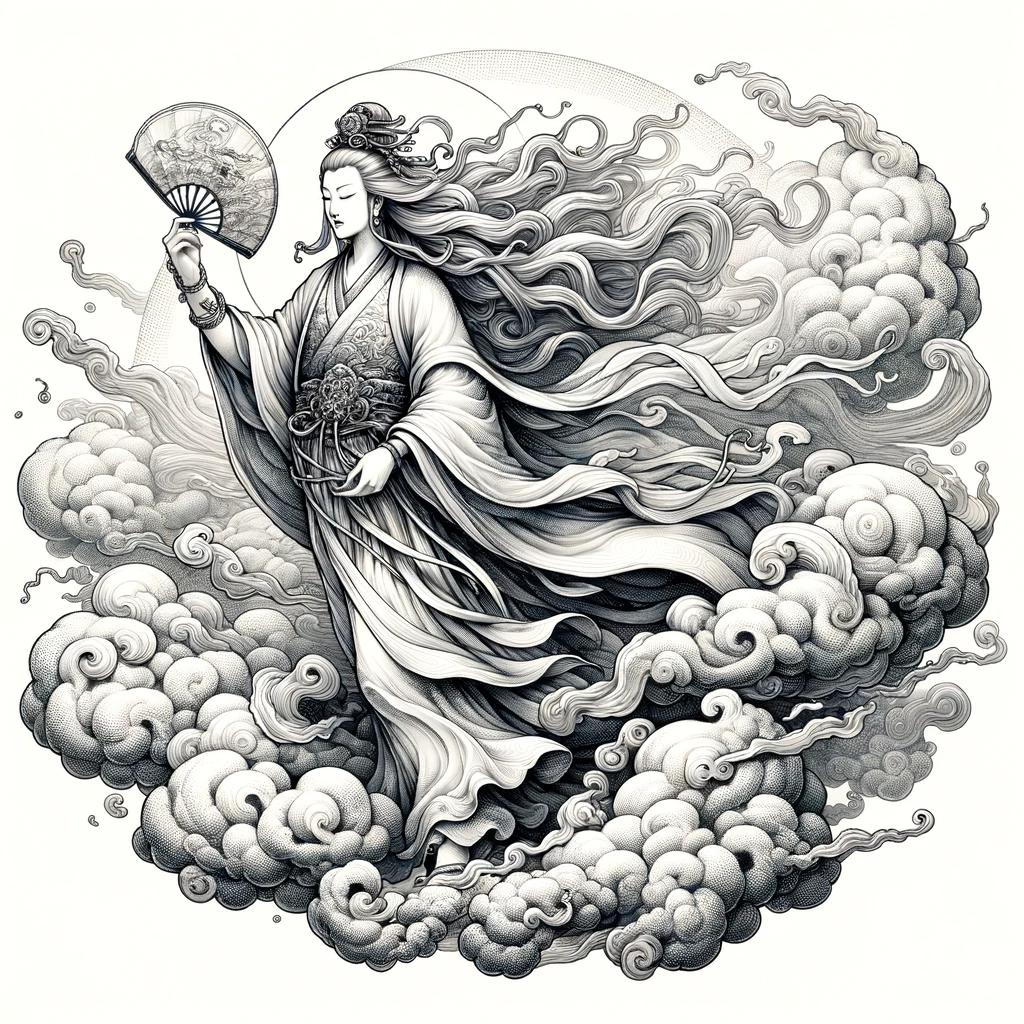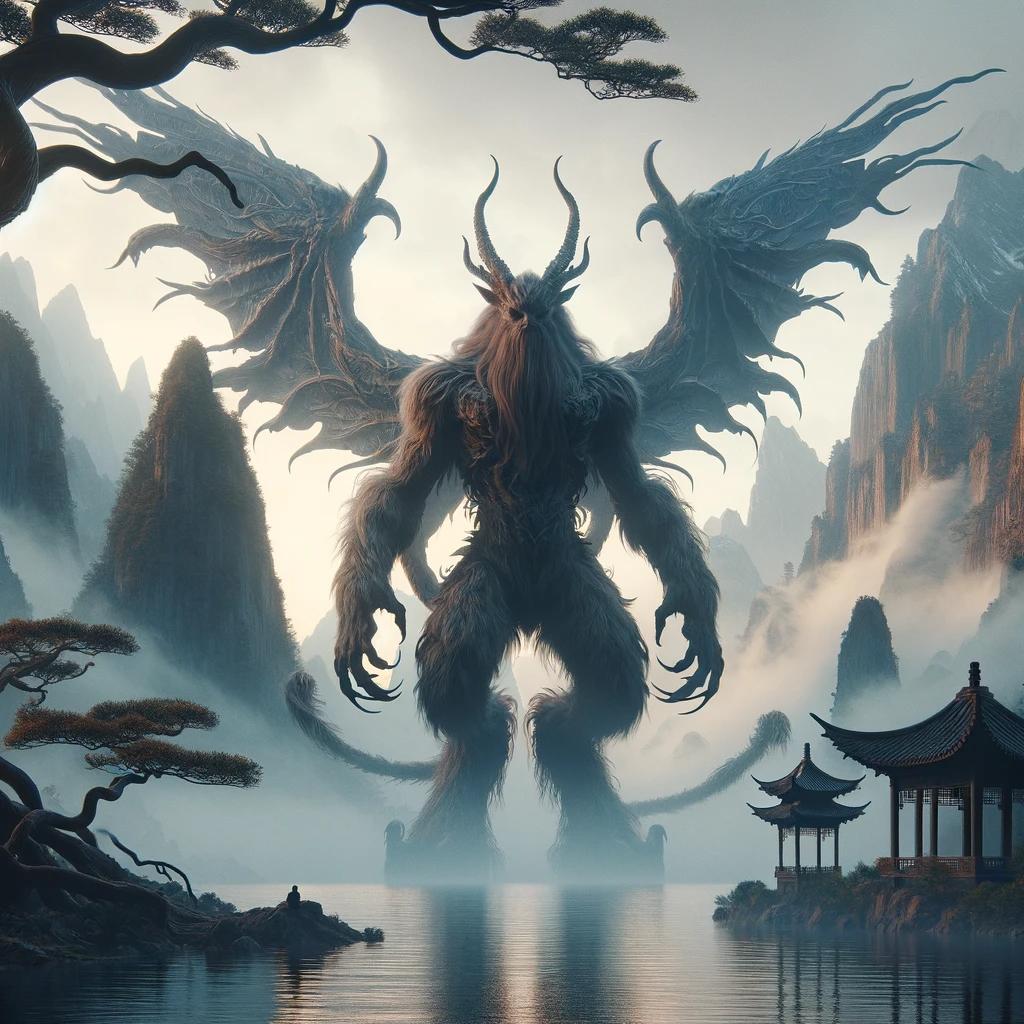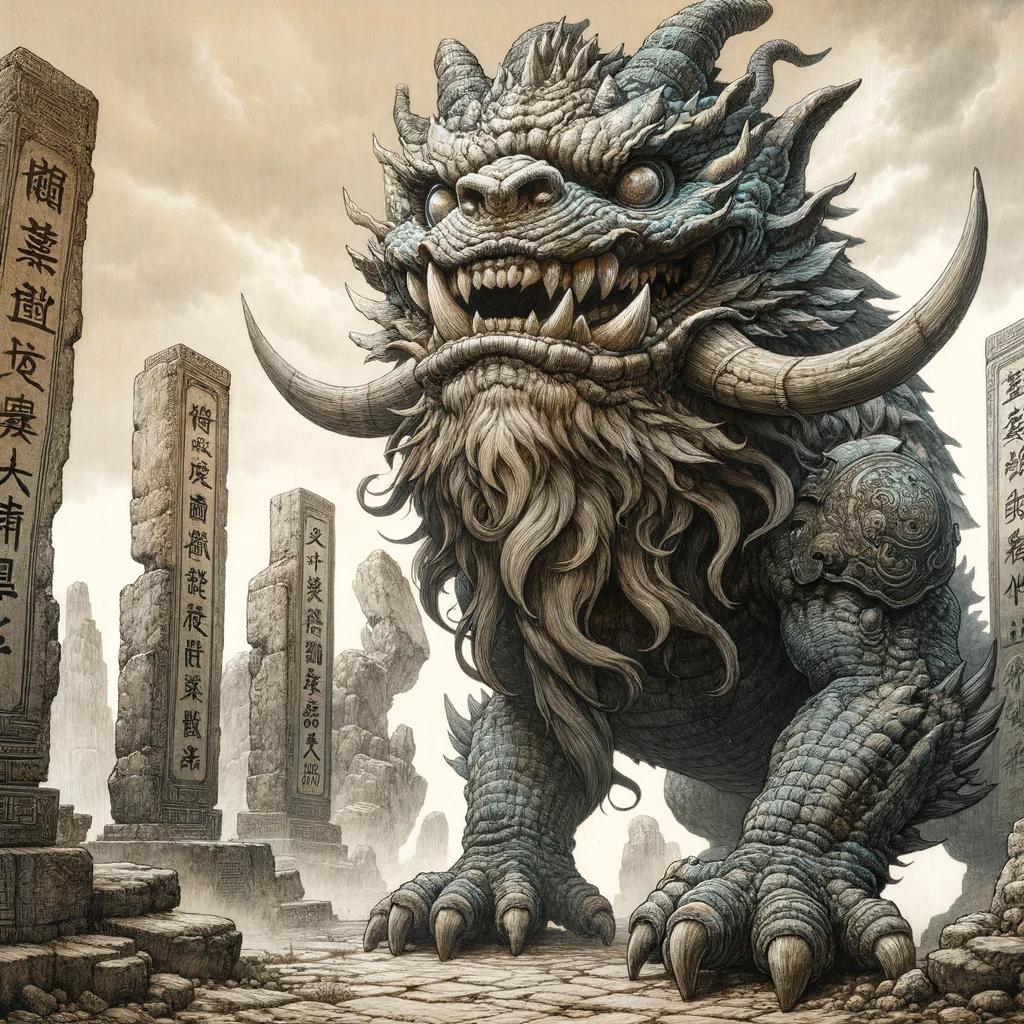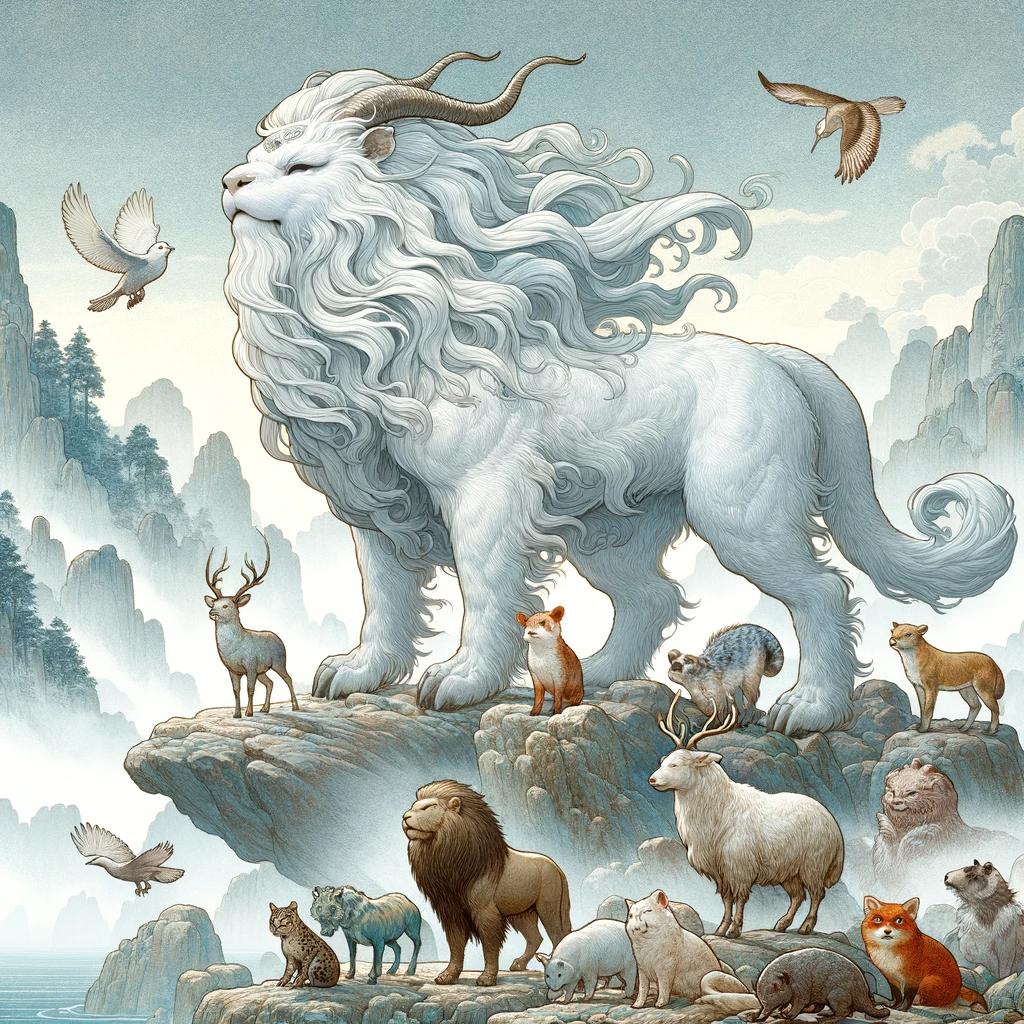Heibai Wuchang History: Unveiling the Legends of Chinese Folklore
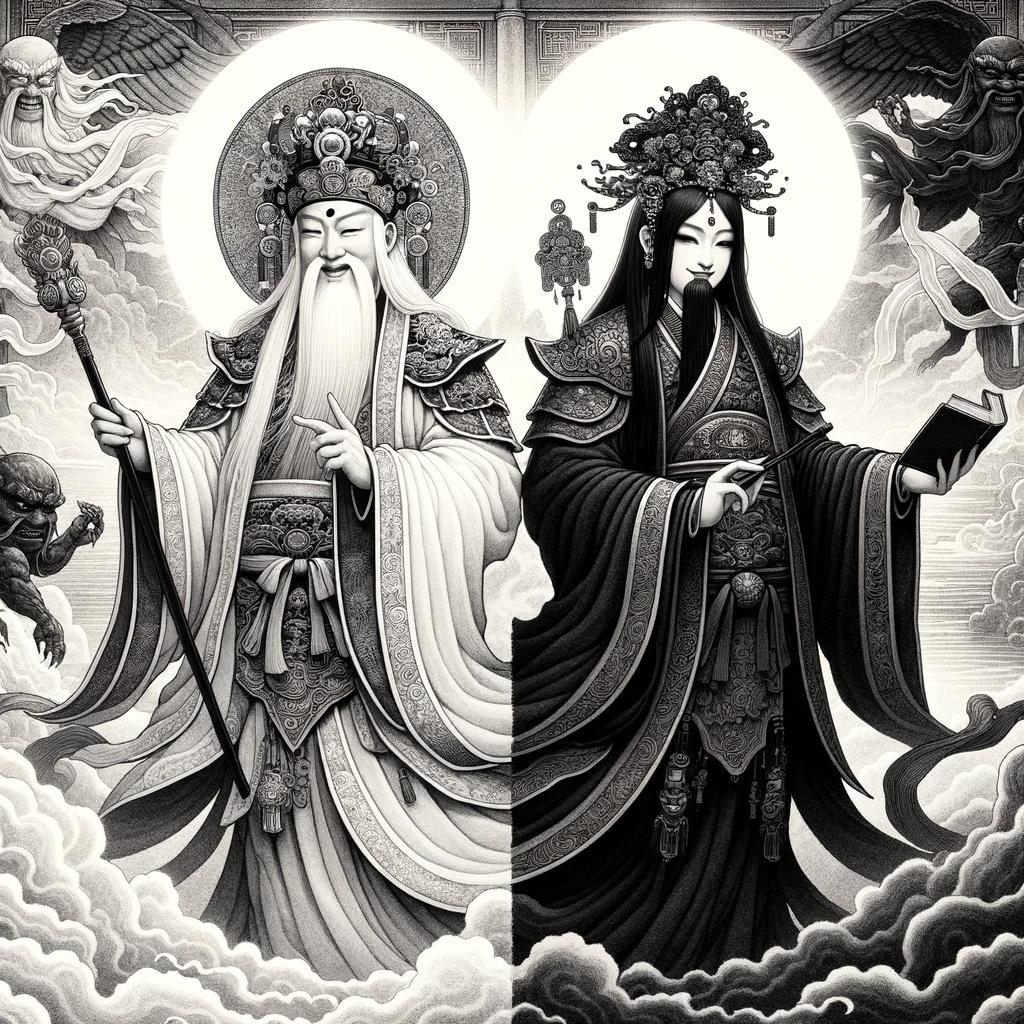
Heibai Wuchang, a prominent figure in Chinese folklore, holds a significant role in mythology and cultural beliefs. Consisting of the White Deity and the Black Deity, they are revered as guardians of the underworld and dispensers of fortune.
Legends surrounding Heibai Wuchang, like the tale of Fan Wujiu, showcase their trials and redemptions. Symbolizing black and white dualities and impermanence, Heibai Wuchang’s legacy influences Chinese language, culture, and modern adaptations in art and media.
Despite controversies and misconceptions, Heibai Wuchang remains culturally relevant, embodying the enduring fascination with Chinese mythology and religion.
Origins of Heibai Wuchang
Heibai Wuchang, revered as underworld guardians and dispensers of fortune, have deep roots in Chinese folklore and mythology. Exploring their origins allows us to understand the cultural significance and symbolism associated with these enigmatic deities.
Chinese Folklore and Mythology
In Chinese folklore and mythology, tales of supernatural beings and divine spirits have been passed down through generations. These stories often blend elements of history, philosophy, and spirituality, shaping the beliefs and customs of the Chinese people.
The White and Black Deities
Heibai Wuchang are commonly depicted as a black deity (Heigu) and a white deity (Baiwu). They are believed to be the souls of two fallen soldiers who pledged their loyalty to a righteous cause.
These soldiers were tragically executed and were granted divine status to fulfill their eternal purpose.
The black deity represents the embodiment of darkness, while the white deity symbolizes purity and righteousness.
They are inseparable counterparts, representing the ever-present duality of the universe, interdependent and balancing each other’s qualities.
Legend has it that Heibai Wuchang were tasked with escorting souls to the afterlife, protecting them from malevolent spirits, and ensuring they reached their intended destination.
They serve as guardians of the underworld, maintaining order and promoting righteous judgment.
These deities also have the power to bestow blessings or curse misfortune upon individuals based on their actions and moral character.
Therefore, they are regarded as dispensers of good and bad fortune, guiding people towards virtuous behavior.
The origin tales of Heibai Wuchang unveil the rich tapestry of Chinese folklore and mythology, shaping cultural beliefs and practices surrounding these revered deities.
Understanding their origins provides a deeper appreciation for their role and significance in Chinese folk religion.
The Legends of Heibai Wuchang
The captivating tales surrounding Heibai Wuchang have been passed down through generations, adding to their allure and mystique. These legends delve into the lives of intriguing characters and their extraordinary experiences, weaving a rich tapestry of Chinese folklore.
The Tale of Fan Wujiu
One of the most famous legends involving Heibai Wuchang is the fascinating story of Fan Wujiu. Fan Wujiu, a skilled painter in ancient China, encountered a lifelike painting that transported him to the underworld.
Intrigued by the supernatural realms he discovered, Fan Wujiu became determined to unravel its secrets.
Fan Wujiu’s Journey Under the Bridge
During his exploration, Fan Wujiu embarked on a perilous journey under the Bridge of Forgetfulness, a mystical gateway that led him deeper into the realm of spirits and demons. Through his encounters with various supernatural beings, Fan Wujiu faced countless trials and tribulations that tested his courage and determination.
The Trials and Redemption of Fan Wujiu
Through his trials, Fan Wujiu not only faced his deepest fears but also discovered the true meaning of redemption. Guided by the benevolent Heibai Wuchang, he learned valuable lessons about morality, forgiveness, and the fleeting nature of life.
Eventually, Fan Wujiu overcame his inner demons and found his path to enlightenment, forever leaving an indelible mark on the legend of Heibai Wuchang.
The Role and Significance of Heibai Wuchang
Heibai Wuchang, the black and white deities of Chinese folklore, hold immense importance and cultural significance in Chinese folk religion.
They are revered for their roles as guardians of the underworld and dispensers of good and bad fortune. Let’s explore each aspect:
Guardians of the Underworld
Heibai Wuchang are believed to be responsible for overseeing the underworld and maintaining order. Their presence and guidance ensure that souls navigate their afterlife journey and ultimately reach their designated destinations.
These deities symbolize the universal concepts of life and death, offering protection and guidance to those in the spirit realm.
Dispensers of Good and Bad Fortune
Besides their role in the underworld, Heibai Wuchang are also considered as arbiters of fortune in the mortal realm. They are believed to have the power to bestow blessings or curses upon individuals based on their actions and intentions.
Worshipers seek their favor and strive to lead virtuous lives to secure good fortune while avoiding bad luck associated with their displeasure.
Cultural Importance in Chinese Folk Religion
Heibai Wuchang hold deep cultural significance within Chinese folk religion and mythology. They embody the belief in a complex cosmology where the spiritual world interacts with the human realm. The reverence for these deities is rooted in a long-standing tradition, with temples and shrines dedicated to their worship found across various regions of China.
The rituals and practices associated with Heibai Wuchang illustrate the enduring connection between the Chinese people and their longstanding religious beliefs.
The role of Heibai Wuchang as guardians, dispensers of fortune, and their cultural importance in Chinese folk religion make them crucial figures in understanding the intricate spiritual fabric of Chinese society.
The Symbolism and Imagery of Heibai Wuchang
Heibai Wuchang, the black and white deities of Chinese folklore, are rich with symbolism and iconic imagery. These symbolic representations hold deep meaning and reflect various aspects of Chinese culture and beliefs.
Black and White Dualities
The contrasting colors of black and white associated with Heibai Wuchang represent the dualities of life and death, good and evil, yin and yang. The black deity, Heigu, embodies darkness, mystery, and misfortune, while the white deity, Baiwu, represents light, purity, and benevolence.
The dichotomy between black and white symbolizes the cosmic balance and the inseparable nature of opposites. It underscores the belief that both positive and negative forces coexist and play essential roles in the cosmic order.
The Hand-Lock Gesture and Impermanence
A significant emblem of Heibai Wuchang’s imagery is their signature hand-lock gesture, with one hand clasped tightly with the other. This hand-lock symbolizes the impermanence of life and serves as a reminder of the transient nature of human existence.
Through this gesture, Heibai Wuchang alludes to the Buddhist concept of the impermanence of all things and the continuous cycle of life, death, and rebirth. The hand-lock serves as a visual representation of the cyclical nature of the universe and the ever-changing circumstances individuals encounter in their lives.
Character Representations and Meanings
- Heigu (Black Deity): Depicted with a fierce expression, Heigu represents the dark aspects of life. He is often portrayed holding a sword or a whip, symbolizing his role as a guardian of the underworld and an enforcer of justice.
- Baiwu (White Deity): Baiwu, in contrast, is depicted as a serene and benevolent figure.
Often portrayed carrying a basket of blessings or a scroll, Baiwu represents good fortune, protection, and the dispenser of blessings to the living.
The character representations of Heibai Wuchang reflect their respective roles and characteristics within Chinese folklore and mythology.
These depictions help convey their symbolism and the significance they hold in popular culture and religious practices.
Exploring the symbolism and imagery of Heibai Wuchang provides a deeper understanding of their cultural importance and the enduring influence they continue to have on Chinese folk religion, art, and belief systems.
The Legacy of Heibai Wuchang
Heibai Wuchang, the black and white deities of Chinese folklore, have left a lasting legacy on various aspects of Chinese culture and society. From their influence on language and cultural expressions to their depiction in modern art, literature, and media, Heibai Wuchang continue to captivate and intrigue people today.
Their legacy also extends to the beliefs and practices surrounding these deities, shaping religious traditions and spiritual practices associated with them.
Influence on Chinese Language and Culture
The symbolism and imagery of Heibai Wuchang have deeply influenced the Chinese language and cultural expressions. Their representation as black and white dualities reflects the concept of balance and complementary forces in Chinese philosophy.
Phrases like “Heibai Wuchang” and “Black and White Impermanence” are commonly used to describe contrasting situations or concepts. Their presence can be felt in traditional idioms, proverbs, and literary works, enriching the linguistic and cultural landscape of China.
Modern Depictions in Art, Literature, and Media
Heibai Wuchang have found their way into modern art, literature, and media, becoming iconic figures in Chinese popular culture. They have been portrayed in numerous contemporary artworks, films, and television shows, serving as characters that embody mystery, intrigue, and supernatural elements.
Their stories and legends have been adapted into novels, comic books, and even video games, further perpetuating their significance in modern creative expressions.
Beliefs and Practices Surrounding Heibai Wuchang
Throughout history, Heibai Wuchang have been worshipped and revered by followers of Chinese folk religion. Devotees believe that these deities serve as guardians of the underworld and dispensers of both good and bad fortune.
Rituals and offerings are made to honor and seek their protection or blessings. Various customs and practices associated with Heibai Wuchang, such as the burning of incense or the creation of household altars, are still observed by believers today.
These spiritual beliefs and practices continue to foster a sense of connection with ancient traditions and cultural heritage.
Controversies and Misconceptions
Controversies and misconceptions surrounding Heibai Wuchang have emerged over the years, often due to a lack of understanding or misinterpretation of their role in Chinese folklore. This section aims to debunk some of the myths and shed light on the evolution of Heibai Wuchang in popular culture.
Debunking Myths and Misunderstandings
- Heibai Wuchang are not embodiments of evil or malevolence. They are deities who bridge the mortal realm and the afterlife, maintaining balance and order.
- The association of Heibai Wuchang with death does not imply malevolence.
They guide souls through the underworld and ensure a smooth transition.
- Contrary to some beliefs, Heibai Wuchang are not demons or vengeful spirits. They are spiritual beings tasked with specific responsibilities in the cosmic hierarchy.
- Heibai Wuchang are not limited to Chinese folklore and mythology.
Similar concepts can be found in various cultures around the world, highlighting their universal significance.
The Evolution of Heibai Wuchang in Popular Culture
Heibai Wuchang’s portrayal has undergone changes as they’ve influenced popular culture, particularly in modern times. These shifts in representation reflect the evolving tastes and interests of audiences.
Contemporary Art and Media
In contemporary art and media, Heibai Wuchang often take on new visual interpretations that resonate with modern aesthetics and storytelling techniques.
They have become popular subjects in illustrations, paintings, and even digital art.
Film and Television
The timeless appeal of Heibai Wuchang has led to their prominent appearances in films and television series. These adaptations explore their stories, reimagining their adventures and their role in the supernatural realm.
Literature and Comics
Writers and comic artists have incorporated Heibai Wuchang’s legends into their narratives, expanding their lore and introducing new perspectives on these iconic deities. This has helped keep the tales alive and accessible to a wider audience.
Despite controversies and misconceptions, the influence and cultural significance of Heibai Wuchang continue to grow, demonstrating their enduring relevance as revered figures in Chinese folklore.
The Cultural Significance and Relevance of Heibai Wuchang Today
Heibai Wuchang, the black and white deities of Chinese folklore, continue to hold immense cultural significance in contemporary times.
This section explores their relevance in the modern world, including how traditional legends are being adapted, the continued worship and devotion to Heibai Wuchang, and their influence on Chinese mythology and religion.
Adapting Traditional Legends in the Modern World
In today’s rapidly changing society, traditional legends and folklore like Heibai Wuchang are not left behind. The stories of these iconic deities are being adapted and reimagined in various forms of media, including films, TV shows, and books.
By modernizing these tales, they are introduced to new audiences and help to keep the rich cultural heritage alive.
The Continued Worship and Devotion to Heibai Wuchang
Despite the passage of time, there is a steadfast devotion to Heibai Wuchang in Chinese culture. Many temples and shrines dedicated to these deities can still be found across the country, where worshippers seek their guidance and protection.
The faith and rituals associated with Heibai Wuchang endure, serving as a testament to the lasting spiritual significance they hold for believers.
Exploring the Influence on Chinese Mythology and Religion
Heibai Wuchang’s influence extends beyond their individual legends. They play a vital role in shaping the larger tapestry of Chinese mythology and religion. The duality represented by their black and white forms, as well as their connection to the underworld and the dispensation of fortune, have become integral elements deeply rooted in Chinese cultural and spiritual traditions.
Overall, the cultural significance and relevance of Heibai Wuchang in modern times are undeniable. Through adaptations, continued worship, and their impact on Chinese mythology and religion, the enduring legacy of these intriguing deities perseveres into the present day.
.











